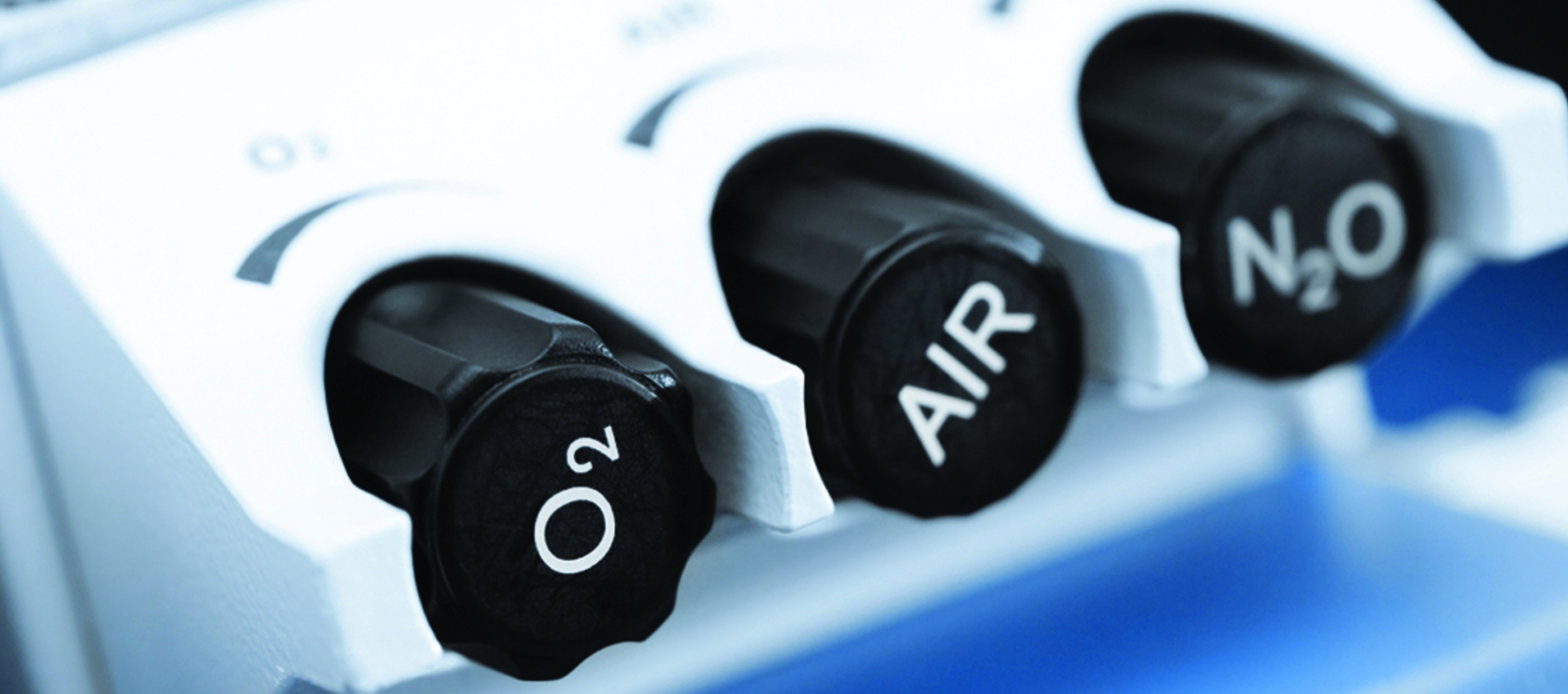
There are various ways to use medical gases for patient treatment. Healthcare professionals became aware of the risks associated with utilising bulky, high-pressure cylinders of medicinal gases at the beginning of the 1950s. Instead, the medical gases pipeline system provides medicinal gases and vacuum systems (MGPS). It is a reliable, long-lasting, and economical method of providing gases. Medicinal gases are often particular gases that are independently extracted from the air for a variety of medical applications. Commonly used healthcare gases in hospitals are Oxygen, Nitrous oxide, Compressed air (medical air 400 KPa or 4 bar, medical air 700 KPa or 7 bar) Carbon dioxide, Nitrogen, Argon, Helium etc
The most significant gas on earth-oxygen accounts for around 21% of the air we breathe naturally. It is used as a medicinal gas to maintain life. In addition, it is utilised to power ventilators and anaesthetic equipment in addition to traditional manual ventilation techniques. Vacuum-insulated evaporator (VIE) or bulk tank, cylinders, and oxygen concentrator (PSA) system are the three sources used for oxygen supply. White is the colour code for oxygen.
Anaesthesia machines are used to administer the medicinal gas nitrous oxide. It is combined with oxygen and a number of anaesthetics. Thus, nitrous oxide is only present in operating rooms. A manifold supply system is typically where nitrous oxide gas is obtained. Pipelines and cylinders both have blue colour codes.
Medical air 4 is typically utilised for respiratory applications. A medical compressor system or a medical gas manifold system might serve as the source of supply. Black is the colour code for this.
Medical air 7 is sometimes referred to as surgical air because it is primarily utilised to create surgical tools like tourniquets and bone saws. Medical air 4 supply source is similar to this one.
Medical professionals utilise carbon dioxide for insufflations during open heart surgery and laparoscopies. Typically, portable cylinders with grey colour coding serve as the source of CO2.
Nitrogen gas is likely to be used for surgical power tools, it is used to create synthetic air.
Argon is generally used as Surgical tool. Argon lasers are effectively used in surgeries to weld arteries and remove tumours, as well as in the treatment of retinal detachment and retinal phototherapy for diabetics.
The best temperature for maintaining and enabling the full operation of superconducting magnets is liquid helium. A temperature of 4,15 Kelvin, or -269 degrees Celsius, is suitable for producing photographs with the best resolution. The greatest imaging outcomes and safety are guaranteed when MRI (Magnetic Resonance Imaging) machines use liquid helium.
A distinct system must be used to provide each medical gas. To ensure that there is no chance of cross-connection between systems, it is crucial that every component of each system be gas-specific. The objective of constructing medical gas and vacuum systems is to deliver a safe and enough flow at necessary pressures at the points of delivery (outlets/inlets). Furthermore, these systems must satisfy particular specifications of the hospitals they serve. The design should be executed in accordance with accepted guidelines like NFPA 55 and NFPA 99.
Gas generators that produce PSA (Pressure Swing Adsorption) are a great substitute for liquid or cylinder supply. You may ensure a consistent, dependable stream of oxygen or nitrogen produced right at your site of need by installing your own PSA gas generator. You become self-sufficient in terms of bulk or cylinder supplies.
A device that produces oxygen on demand through inorganic processes is the medical oxygen generator. When oxygen is needed in a small amount of time for a long period of time, oxygen generators are employed. Additionally, mine rescue teams, firefighters, and veterinarians use it. This device is utilised in agriculture, hospitals, and submarines. PSA-based medical oxygen generators are widely used for on-site oxygen in hospitals and healthcare facilities. These devices can produce enough oxygen for a person or a group of people to use right away. For those who require a system for their own flexible and dependable oxygen supply, an on-site oxygen gas generation plant is perfect. They can manufacture oxygen when needed and won't compromise on quality.
High purity nitrogen gas is created by the PSA nitrogen generators from air. The PSA technology is used by the nitrogen gas generators to produce nitrogen gas from atmospheric air. These generators produce nitrogen gas, which is extensively utilised in industrial processes including atmospheric packaging of perishable goods and lowering the risk of fire or explosion in chemical facilities.
We at OxyMed supply different ranges of products related to medical gases plant/generators and spares in Dubai UAE & India. We also offer Oxygen concentrators, medical equipment and supplies at competitive prices to health care professionals across Dubai UAE & India. Our name is sought after in the list of medical equipment companies in Asia, Middle East & Africa.